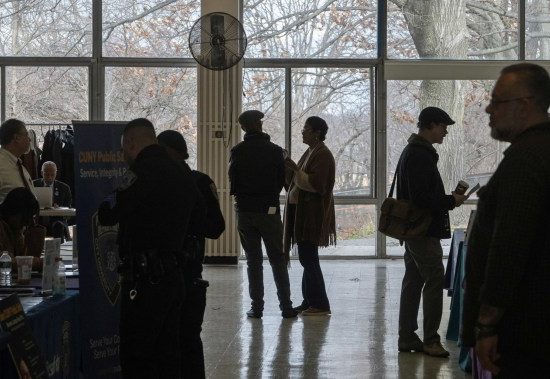October’s inflation report is widely expected to show slower price growth, according to experts. The Consumer Price Index (CPI) dropped to 1.7% in September, down from August’s 1.8%. This pattern of deceleration has been in line with other economic indicators, including increasing unemployment rates and dropping levels of consumer spending.
The slowing of the U.S. economy is expected to be reflected in this month’s inflation data. Analysts at the Federal Reserve are predicting that inflation will remain below the central bank’s 2% target. The Federal Reserve has been using monetary policy tools to try to stimulate the economy, but their efforts have yet to reach consumers.
Lower inflation will be welcomed by consumers, as it means less of an increase in the prices of essential goods and services. In addition, businesses will also be pleased with a lower rate of price growth. Companies can benefit from lower prices, as it can help to keep their costs down and enable them to pass on savings to consumers.
However, there is always the possibility that inflation could suddenly turn higher. If that happens, the Federal Reserve could be forced to raise interest rates in order to try to curb rising prices. That would be bad news for borrowers, as it would mean higher loan payments and a slower economic recovery.
Overall, the October inflation report is likely to show an easing in price growth. Lower inflation can be a welcome relief for consumers and businesses alike, but it’s important to be aware of the potential pitfalls that could accompany it. In the event of inflation suddenly accelerating, the Federal Reserve will need to act fast to keep it in check.





